Instrumentation and automation control systems rely heavily on different types of signals to monitor, control, and automate processes. These signals represent physical parameters or communicate between devices to ensure precise operation and coordination. Understanding the various types of signals, their characteristics, and their uses is crucial for the design and operation of effective control systems.
In this article, we will explore the different types of signals used in instrumentation and automation control systems in detail.

1. Analog Signals
Analog signals are continuous and vary over time, representing real-world physical quantities such as temperature, pressure, flow rate, and level. These signals are usually expressed in terms of voltage (0-10V) or current (4-20mA).
Voltage Signals: Often used for short-distance transmission, voltage signals can range from 0 to 10 volts. However, these signals are sensitive to electrical noise and voltage drops over long distances, making them less suitable for large-scale industrial systems.
Current Signals (4-20mA): More commonly used in industrial settings, current signals are less susceptible to noise and resistance issues over long distances. The range 4-20mA is favored because a current below 4mA can signal a fault, such as a wire break.
Analog signals provide high accuracy and resolution, making them ideal for continuous monitoring and control in applications like process control and sensor data transmission.
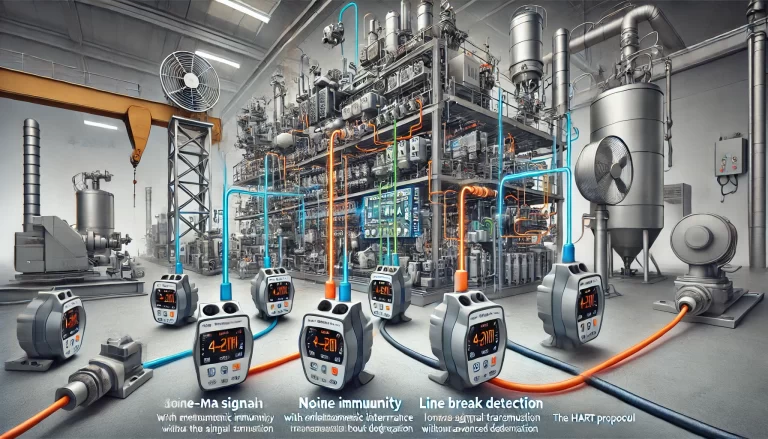
2. Digital Signals
Digital signals are binary, meaning they have only two states: ON (1) or OFF (0). These signals are used to represent the status of devices or the outcome of control operations.
Binary Devices: Devices such as valves, pumps, and switches often use digital signals for control. For example, a switch can be either open (OFF) or closed (ON), and a pump can be either running or stopped.
Logic Control: In programmable logic controllers (PLCs), digital signals are used extensively for decision-making processes based on binary inputs. These systems operate using a combination of logic gates, allowing for complex control tasks like sequencing and interlocking.
Digital signals are more immune to noise compared to analog signals, and they are also easier to transmit over long distances, especially in industrial environments where interference is common.
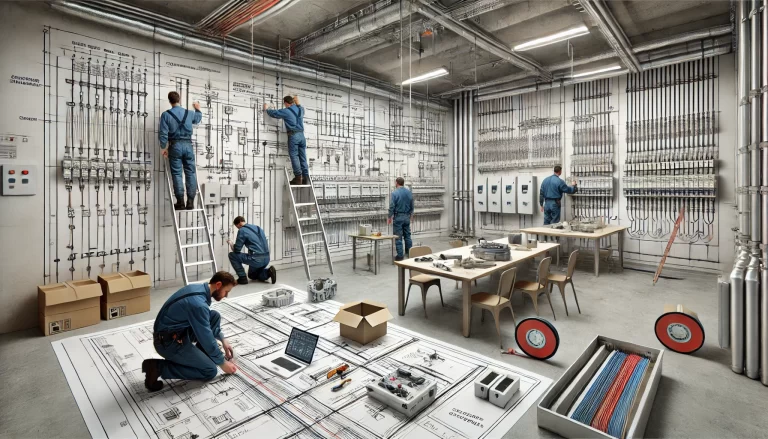
3. Pulse Signals
Pulse signals represent a series of on-off states (pulses) that occur in a specific sequence over time. These signals are typically used for applications like counting, timing, and speed measurement.
Pulse Width Modulation (PWM): A technique in which the width of the pulse is varied to convey information. PWM is widely used in motor speed control, where the duty cycle (the proportion of time the signal is ON versus OFF) controls the motor’s speed.
Frequency-Based Signals: Devices like encoders and tachometers use pulse signals to determine the rotational speed or position of a moving object by counting the number of pulses over time.
Pulse signals are highly accurate for applications that require precise timing or counting, and they are used in both analog and digital domains.
4. Switch Signals
Switch signals, often referred to as discrete signals, represent the simplest form of control. They indicate whether a device is in one of two states: ON or OFF, open or closed.
Limit Switches: These are often used in industrial systems to detect the presence or position of an object, such as determining if a door is fully closed or a conveyor is at the correct position.
Safety Systems: Switch signals are integral to safety systems, ensuring equipment shuts down automatically in the event of an emergency, such as an over-temperature condition or an open safety guard.
Switch signals are fundamental in control logic and serve as input or output signals in automation systems.
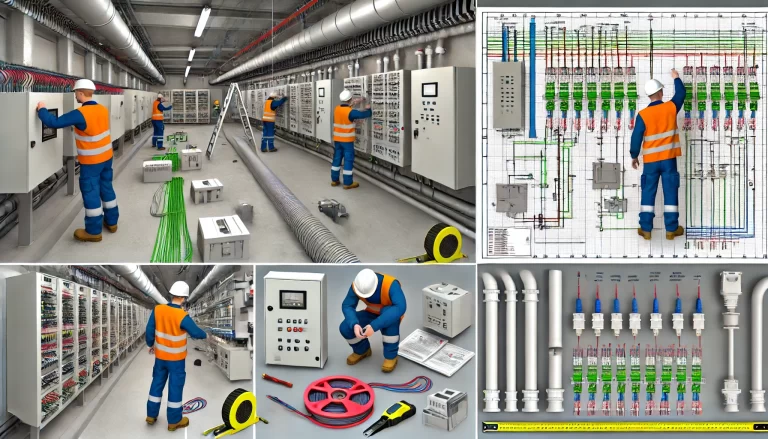
5. Bus Signals
Bus signals are used for communication between multiple devices on a shared network, often employing specific communication protocols. These signals allow devices like sensors, controllers, and actuators to exchange data and control instructions in an organized manner.
Fieldbus Systems: Protocols like Modbus, Profibus, and DeviceNet allow for the integration of various devices into a single communication network. This reduces the complexity of wiring, simplifies troubleshooting, and increases scalability.
Industrial Ethernet: Ethernet-based protocols, such as EtherNet/IP and Profinet, are becoming increasingly popular for high-speed communication in industrial automation systems, enabling real-time control over large, distributed systems.
Bus signals enable complex, multi-device control and monitoring within highly integrated automation systems, supporting large-scale industrial automation networks.
6. Optical Signals
Optical signals are used primarily in non-contact sensing applications, where the presence or absence of an object is detected through light. This category of signal is often found in automated production lines and robotic systems.
Photoelectric Sensors: These sensors emit light (infrared or visible) and detect when an object passes through the light beam. When the object interrupts the beam, the sensor changes state, triggering an action such as stopping a conveyor or activating a robotic arm.
Fiber Optic Communication: Optical signals are also used in communication systems, where data is transmitted over fiber optic cables. This method allows for high-speed, interference-free data transmission over long distances.
Optical signals are essential in environments requiring high-speed, accurate, and contactless sensing or communication.
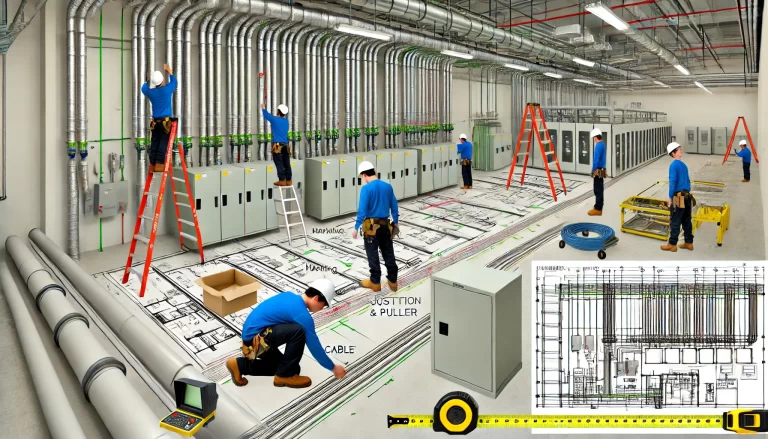
7. Wireless Signals
Wireless signals have gained significant traction in recent years, driven by the rise of the Industrial Internet of Things (IIoT). Wireless communication eliminates the need for physical wiring, making it easier to deploy in complex environments.
Wi-Fi, Bluetooth, Zigbee: These wireless communication standards are commonly used in automation systems to transmit data between devices without the need for physical connections. Wireless systems are particularly useful in applications where wiring is impractical, such as in mobile equipment or remote monitoring stations.
LoRa and NB-IoT: These are low-power, wide-area network technologies designed for long-distance communication with low data rates. They are ideal for monitoring and controlling sensors over large industrial complexes, providing cost-effective solutions for IIoT applications.
Wireless signals open up new possibilities for remote monitoring, predictive maintenance, and real-time data collection in industrial automation systems.
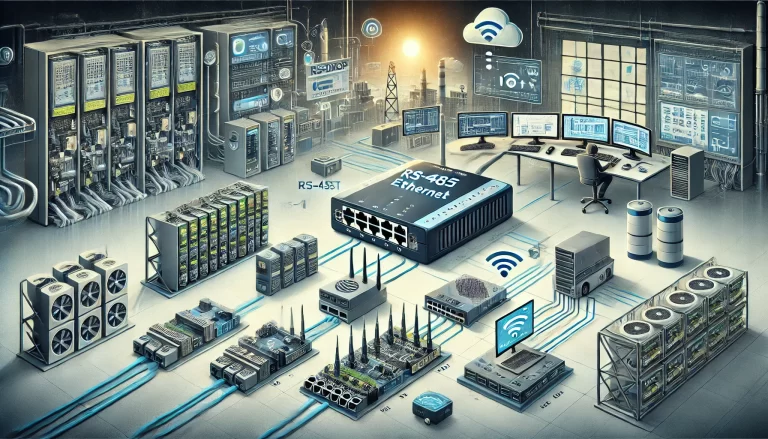
Signal Processing and Conversion
To ensure accurate communication and control, signals often need to be processed and converted between different forms. Common techniques include:
Signal Conditioning: Analog signals are often conditioned to enhance their quality or compatibility with control systems. Signal conditioning may involve amplification, filtering, or noise reduction to ensure that signals are usable by controllers or measurement devices.
Analog-to-Digital Conversion (ADC): Since most modern control systems operate digitally, analog signals must often be converted into digital format using ADC. This conversion allows analog sensor data to be processed by microcontrollers or PLCs.
Digital-to-Analog Conversion (DAC): Similarly, some control signals may need to be converted back into analog form to control devices like actuators, which may respond to continuous signals rather than discrete ones.
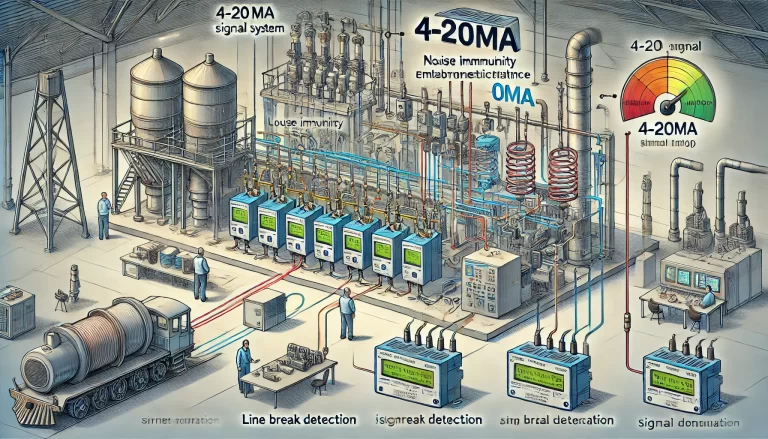
Conclusion
The various types of signals—analog, digital, pulse, switch, bus, optical, and wireless—are all integral to the operation of instrumentation and automation control systems. Each signal type has its unique advantages and use cases, and understanding their properties is essential for designing reliable and efficient control systems. Signal processing and conversion further enhance their functionality, enabling seamless communication and control in complex industrial environments.
Automation systems depend on these signals for real-time feedback, control, and monitoring, ensuring that processes operate safely, efficiently, and with precision.
